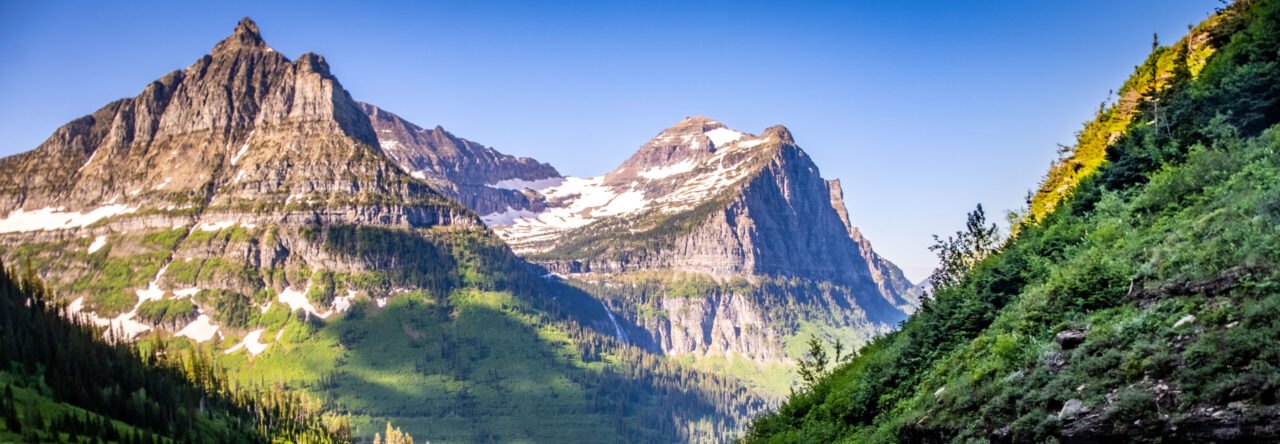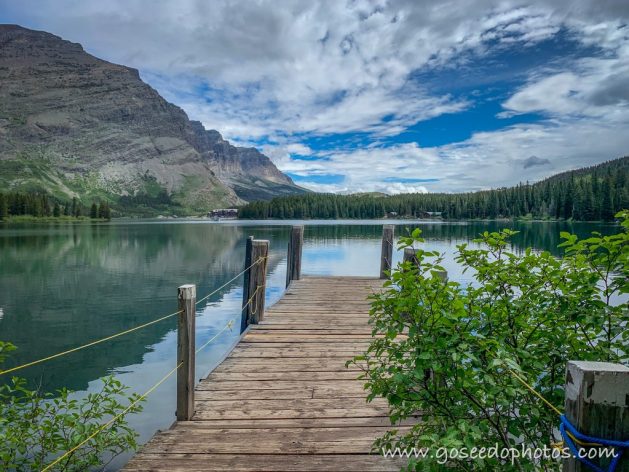
After learning about bears and raptors, we headed to Sitka National Historic Park. The National Park Service Site is located a short walk from the Alaska Raptor Center. The park preserves the site of the battle between the Russian settlers and the native Tlingit people. The park was Federally protected back in 1890 and was the first federally preserved piece of land in Alaska.
Sitka was home to one of the first European settlements in Alaska being settled by Russian fur traders in 1799. In 1802, the native Tlingit destroyed the original settlement killing many of the settlers. In 1804 Russian forces returned and bombarded the Tlingit during a bloody battle that the Tlingit would have won had they not run out of gunpowder. Instead, they were forced to leave the fort under cover of darkness. The park sits on the site of this battle.

One of the highlights of the park is the mile-long Totem Trail. The park is even known to some as the Totem Park. 18 Tlingit and Haida totems can be found along the trail conveying ancestry, history, folklore, and memorials. There are three main types of totem poles: house posts, which were carved as support poles for a home; frontal poles, which were placed against or near the front of a home; and detached poles which were placed anywere in or near villages. The Yaadaas Crest pole (left) was re-carved in 1982 and the figures on the pole represent the lineage of the family that owned it. The village watchman sits on top to symbolize that the people are being watched over and protected.
The totem pole featured at the top of the page is the K’alyaan Pole which represents the Battle of Sitka. The figure on the bottom of the pole represents the raven helmet of the Tlingit warrior who led the battle. The rest of the pole depicts the clans of the raven moiety. The pole was carved in 1999 and stands on the site of the Kiks.adi fort.
There is much more to see in this 112-acre park than we had time to explore. So, like many of the places we have been lately, Sitka is on our list of places fo us to return.
Thanks for stopping by! To learn more about the Sitka Historic Park and the significance of its Totem Poles, visit NPS.gov. To read more about this trip check out my Planes, Buses, and Boats Trip Report. To read about some of our previous trips, visit my Trips Page. If you like my photos be sure to “like” my Facebook Page and follow me on Instagram! You can purchase prints on Fine Art America. To see inside my camera bag, check out my updated Gear Page.
Pin This:







 When planning this trip, the La Mina Falls trail looked like one of the best, easier hikes in El Yunque, but unfortunately, it has not reopened after hurricane Maria. So, we decided to hike the Mt. Britton trail. When we visited, the road through the forest was closed at the picnic area, so that added an extra mile to this hike. According to the forest service’s Facebook page, the road should be closed farther down than it actually was when we visited. The roads through the forest are steep and winding and hiking on the road felt more difficult than the trail itself. If you are planning to hike the El Yunque or Mt. Britton trails, just be aware that the road closure adds additional mileage.
When planning this trip, the La Mina Falls trail looked like one of the best, easier hikes in El Yunque, but unfortunately, it has not reopened after hurricane Maria. So, we decided to hike the Mt. Britton trail. When we visited, the road through the forest was closed at the picnic area, so that added an extra mile to this hike. According to the forest service’s Facebook page, the road should be closed farther down than it actually was when we visited. The roads through the forest are steep and winding and hiking on the road felt more difficult than the trail itself. If you are planning to hike the El Yunque or Mt. Britton trails, just be aware that the road closure adds additional mileage. Once on the trail, it was a beautiful trek through lush, tropical greenery. The trail is a 1.3 mile hike (0.8 miles each way) with 650 foot elevation gain. The forest service says this hike takes 45 minutes each way, but we went down much quicker than that! This is a steep hike so it can be tough on the knees. Make sure you have shoes with good traction as rain is frequent in the rainforest. The Mt. Britton tower (left) at the end of the trail, was built by the Civilian Conservation Corps in the late 1930s and offers beautiful views of Puerto Rico, The Caribbean, and the Atlantic. The view from the top (top) makes the climb worth it!
Once on the trail, it was a beautiful trek through lush, tropical greenery. The trail is a 1.3 mile hike (0.8 miles each way) with 650 foot elevation gain. The forest service says this hike takes 45 minutes each way, but we went down much quicker than that! This is a steep hike so it can be tough on the knees. Make sure you have shoes with good traction as rain is frequent in the rainforest. The Mt. Britton tower (left) at the end of the trail, was built by the Civilian Conservation Corps in the late 1930s and offers beautiful views of Puerto Rico, The Caribbean, and the Atlantic. The view from the top (top) makes the climb worth it!


 Locating in northwestern North Dakota,
Locating in northwestern North Dakota, 





 From Fishing Bridge, we headed north to Canyon Village and one of my must-sees, Grand Canyon of the Yellowstone. There is a very large parking area in the canyon area and we had no trouble finding a spot to park. One of the best views of the falls can be found at the Artist Point trailhead (left). I love how even unedited photos of the waterfall look like a watercolor painting. This is one of the most popular areas to hike in the park with plenty of hiking trails for all abilities. For more information about hiking in Yellowstone, visit
From Fishing Bridge, we headed north to Canyon Village and one of my must-sees, Grand Canyon of the Yellowstone. There is a very large parking area in the canyon area and we had no trouble finding a spot to park. One of the best views of the falls can be found at the Artist Point trailhead (left). I love how even unedited photos of the waterfall look like a watercolor painting. This is one of the most popular areas to hike in the park with plenty of hiking trails for all abilities. For more information about hiking in Yellowstone, visit 







 The drive from Fredericksburg back to Austin was the longest driving day of our Hill Country Road Trip. In terms of some of the road trips we’ve taken, an hour and forty-five minutes drive are not that bad, but it doesn’t hurt to get out of the car and stretch your legs and take in some natural beauty.
The drive from Fredericksburg back to Austin was the longest driving day of our Hill Country Road Trip. In terms of some of the road trips we’ve taken, an hour and forty-five minutes drive are not that bad, but it doesn’t hurt to get out of the car and stretch your legs and take in some natural beauty.
